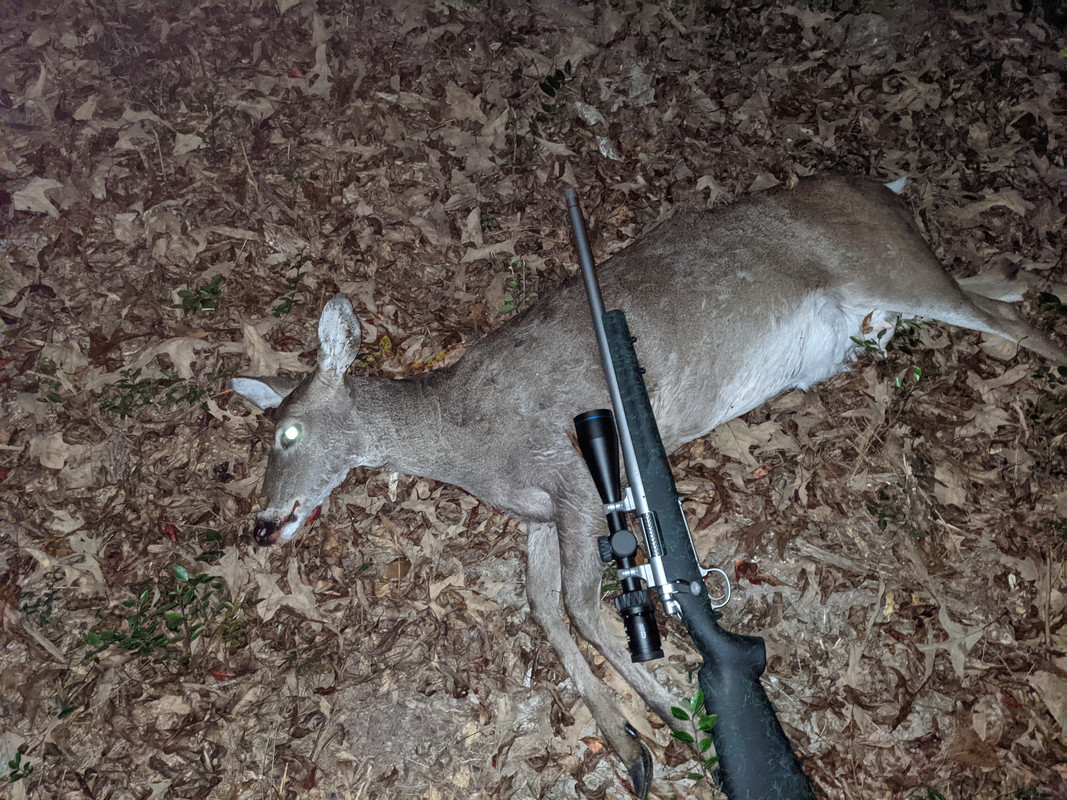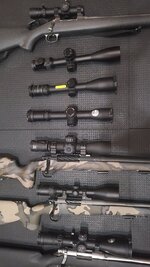- Joined
- Dec 20, 2019
- Messages
- 1,154
I understand the insistence that a scope be able to track well and hold zero. That's a given. I'd be interested in how the scopes perform and the adequacy of the reticles in low light situations. I am talking about under the canopy of trees at 29 minutes after sunset on a cloudy day kind of low light conditions.
Will a scope allow you to make out details on the rack? Does the reticle allow you to "bracket" the vitals so that you know where the center is even if you can't see it? Is washout an issue? If illuminated, is the lowest setting still too bright?
Hog hunting is allowed at night in many places. How do the scopes work under a quarter moon?
Will a scope allow you to make out details on the rack? Does the reticle allow you to "bracket" the vitals so that you know where the center is even if you can't see it? Is washout an issue? If illuminated, is the lowest setting still too bright?
Hog hunting is allowed at night in many places. How do the scopes work under a quarter moon?


